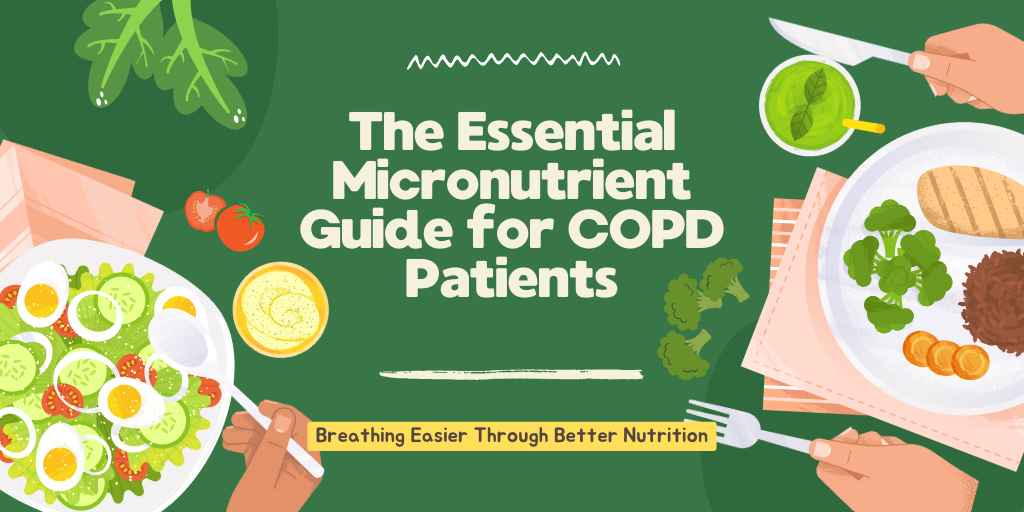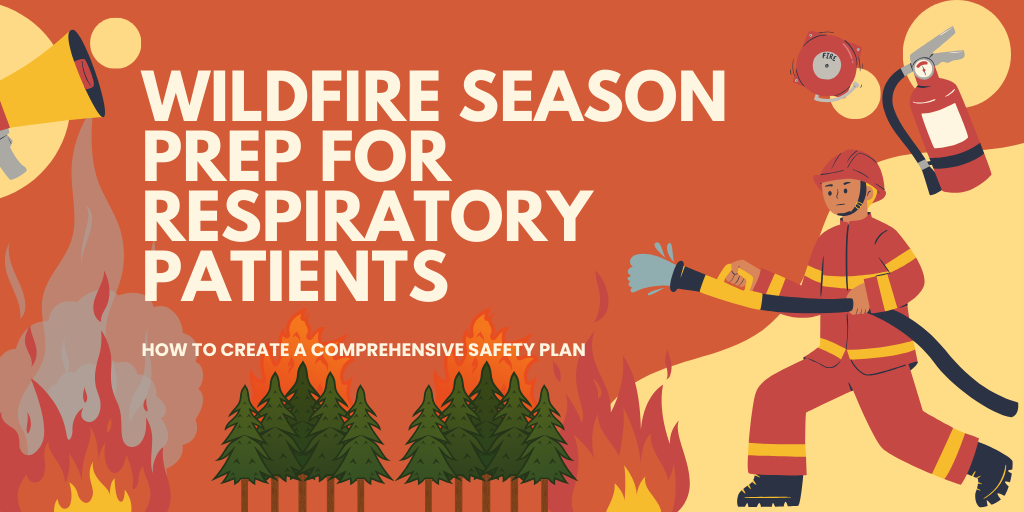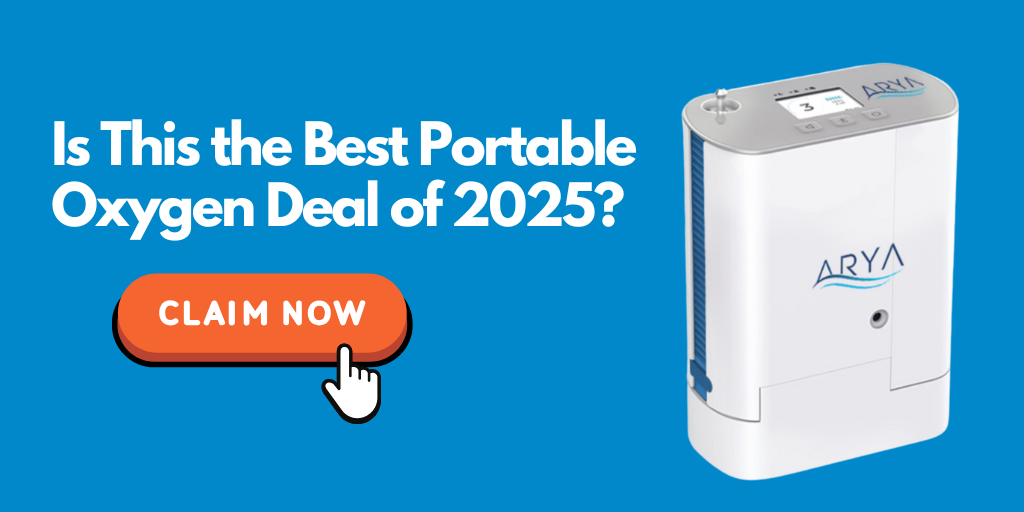How Do We Breathe?
Our brain and blood help tell us when and how often we need to breathe.
Blood informs our brain if there is too much CO2, not enough oxygen, or if the pH is too high or low. From there, out brain informs our lungs that we need to breathe.
When we breathe, there are four components that are telling us to do so. The main part of the brain that tells us we need to breathe are the chemoreceptors for the central respiratory center (in the brain).
There are also peripheral chemoreceptors (outside of the brain), our brain, nerves and our lungs.
The chemoreceptors are triggered by the fluid around it, and their chemical balance. If the balance is off, the chemoreceptors then notify the brain that something is off and the brain sends the signal from there.
These chemoreceptors do not get triggered by high levels of CO2 in the lungs, but by the pH levels in the fluids around it.
The brain then tells the lungs to breathe, which is an automatic reflex that we do not cognitively think about.
The hering-breuer reflex helps us breathe in a more uniform pattern, versus a sporadic breathing pattern.
This reflex is in our brain, and is trigged when the lungs have been inflated.
The hering-breuer reflex is the deflation reflex, and is when the receptors are not stretched, impulses are not sent and the inflation reflex can begin again.
CO2 Retention
CO2 retention occurs in a small group of COPD and similar lung disease patients. CO2 retention can be an issue in COPD and similar lung patients due to the already prominent issue in the lungs.
Our lungs are used to take in oxygen and expel CO2 from our bodies.
COPD can cause the lungs to not work efficiently by either blocking the airways, or lack of surface area in the lungs.
When the lungs cannot expel the CO2, it causes the patient to retain it. Doctors call these patients CO2 retainers.
Overtime this retainer of CO2 begins to affect their pH level in the blood. This continuation of a lower pH (more acidic) becomes normal to the patient, causing an arterial oxygen level.
A low pH in turn causes less effective breathing, and by supplying oxygen, the patient has a smaller drive to breathe when oxygen is being suppled.
Hypercapnia, Hypoxemia and Hypoxia
High levels of CO2 in the blood is called hypercapnia. This can cause headaches, lethargy, drowsiness and confusion.
Hypercapnia can be dangerous as too much CO2 in the blood can cause a more severe issue if not treated.
Hypercapnia can be caused by too much oxygen provided to the patient. Having too much supplemental oxygen can cause more issues with patients who have COPD and have other lung diseases that need oxygen.
Hypoxemia is when there is a lower amount of oxygen in the blood compared to a normal amount.
This can be scary as many of the organs in the body are not getting oxygen as well, which can lead to organ failure.
Organ failure due to a lack of oxygen is called hypoxia.
Hypoxia is an internal condition, except for the one noticeable symptoms, a bluish skin color.
Your skin is considered an organ, and that blue color is a sign your organ could be failing.
Always call your doctor or go to the hospital if you have any concerns.
Oxygen Therapy
Oxygen therapy is used for patients who are not getting enough oxygen in their normal day to day life.
As previously spoken about, not getting a healthy amount of oxygen to organs can prevent them from functioning normally.
Oxygen therapy is used in hospitals, but is also used for home and personal use.
Oxygen concentrators, a liquid system or compressed oxygen are all used for home use as well as personal use. Your doctor or a respiratory specialist can best decide which unit would be best for you.
Nasal cannula are used to give a direct flow of oxygen to the patient. This thin tube connects the oxygen device to the airway (nasal).
The cannula has two tubes that are placed in both nostrils and then hook around the ears to hold the cannula in place.
This will in turn get the best air flow of oxygen for the patient.
High CO2 levels in the blood trigger the brain to send a message to the lungs to breathe.
Part of the issues with oxygen therapy is if the correct air flow is not used, it can cause a COPD patient to get too much oxygen, causing the high CO2 levels.
Providing too much oxygen in turn, causes the brain to not feel the need to breathe, therefor not expelling the remaining CO2 in the lungs.
If too much CO2 builds up in the bloodstream, it can become very dangerous to the patient.
Your doctor will find the right oxygen flow for you to use during your oxygen therapy.
Most likely, the doctor will set the oxygen saturation around 90 percent, this will continue oxygen flow to the patient, but will also minimize the risk of hypercapnia.
How Do I Know if I Have CO2 Retention (Hypercapnia)?
There are a few telltale signs of CO2 retention, flushed skin, dizziness, confusion or headache.
More severe symptoms of CO2 retention would be dimmed sight, sweating, muscle tremors or even unconsciousness.
Though it is more common to have CO2 retention while on an oxygen therapy unit, it is still possible without one.
Always call your doctor if you feel that you have symptoms of CO2 retention. Go to doctors appointments as scheduled, make sure to inform your doctor of any unusual symptoms.
If you think that you may have one of the more severe symptoms, seek medical attention immediately.









